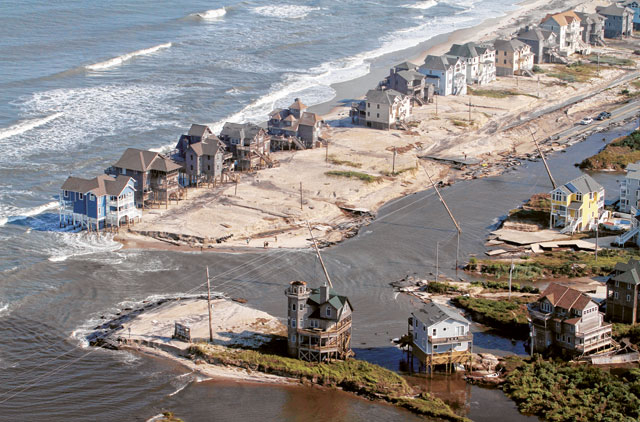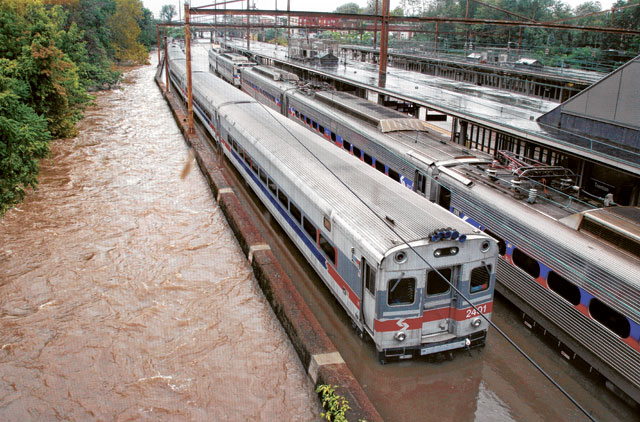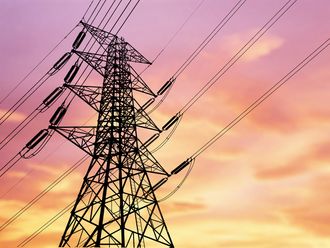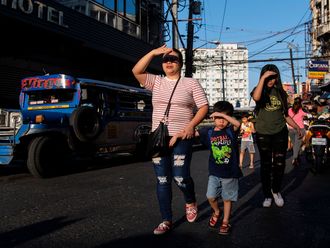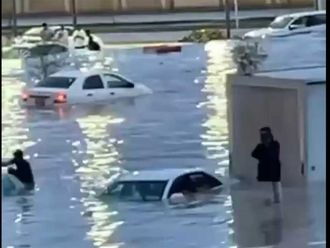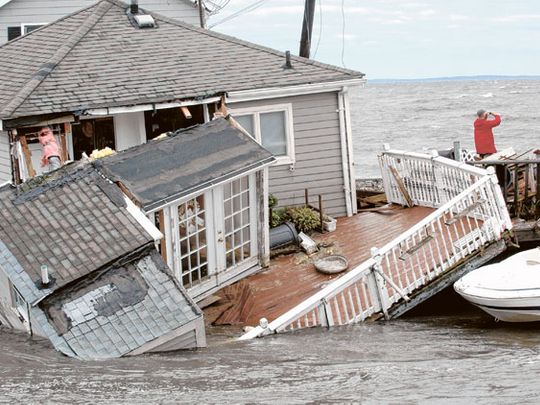
New York : The storm that had been Hurricane Irene crossed into Canada overnight but wasn't yet through with the United States, where flood waters threatened Vermont towns and New Yorkers feared a commuting nightmare as their transit system, shut down ahead of the storm, was slowly restored.
The storm left millions without power across much of the Eastern Seaboard, left more than 20 dead and forced airlines to cancel about 9,000 flights.
It never became the big-city nightmare forecasters and public officials had warned about, but it still had the ability to surprise.
Many of the worst effects arose from rains that fell inland, not the highly anticipated storm surge along the coasts. Residents of Pennsylvania and New Jersey nervously watched waters rise as hours' worth of rain funnelled into rivers and creeks.
Normally narrow ribbons of water turned into raging torrents in Vermont and upstate New York late on Sunday, tumbling with tree limbs, cars and parts of bridges.
"This is not over," President Barack Obama said from the Rose Garden.
Hundreds of Vermonters were told to leave their homes after Irene dumped several millimetres of rain on the landlocked state.
Footage posted on Facebook showed a 141-year-old covered bridge in Rockingham swept away by the roiling, muddy Williams River. In another video, an empty car somersaulted down a river in Bennington.
"It's pretty fierce. I've never seen anything like it," said Michelle Guevin, who spoke from a Brattleboro restaurant after leaving her home in nearby Newfane. She said the fast-moving Rock River was washing out the road to her house.
Green Mountain Power warned that Montpelier, the capital, could be flooded twice: once in the initial storm and again if the utility decides it must release water to save the earthen Marshfield Dam, about 33km up the Winooski River to the northeast.
"We don't want to do it. But if the dam were to be compromised, it would be a far greater effect," utility spokeswoman Dorothy Schnure said. Residents of 350 households were asked to leave as a precaution.
Nearly five million homes and businesses lost power at some point during the storm. Lights started to come back on for many on Sunday. Only about 50,000 power customers in New York City went dark, but people there had something else to worry about: getting to work on Monday.
The metropolitan area's transit system, shut down because of weather for the first time in its history, was taking many hours to get back on line.
Airports in New York and around the Northeast were reopening to a backlog of hundreds of thousands of passengers whose flights were cancelled over the weekend. Some of New York's yellow cabs were up to their wheel wells in water, and water rushed over a marina near the New York Mercantile Exchange, .
But the New York flooding was not extensive from Irene, whose eye passed over Coney Island and Central Park.


